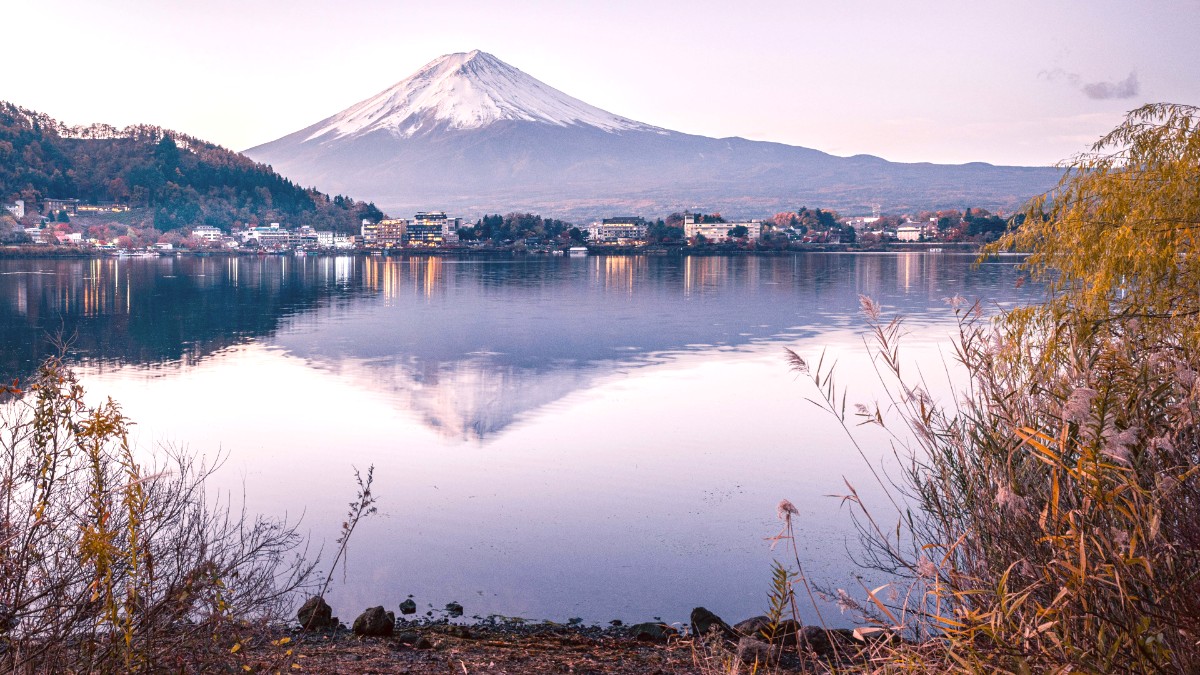
West Of Tokyo, Japan
Predominantly buses and trains serve these connections. Direct highway buses link major hubs, while local train lines offer regional access.
The Shinkansen from Odawara or Mishima provides rapid connections to larger cities.
Comparing organized tours and independent travel presents different benefits for your journey.
Independent travel offers more flexibility. You set your own pace and itinerary. It is often more cost-effective, especially with regional passes.
Organized tours are convenient, often covering multiple highlights. Transport and a guide are typically included. Good for those short on time or preferring a structured experience.
The Mount Fuji region itself is a natural escape, with further options available.
A dense forest at the base of Mount Fuji, known for its lava caves (e.g., Narusawa Ice Cave, Fugaku Wind Cave). Visit with a guide if exploring, and always stick to marked trails for safety.
The broader park encompasses the entire region, offering numerous trails, scenic spots, and diverse ecosystems.
The Fuji Five Lakes themselves display scenic landscapes. Various viewpoints of Mount Fuji exist throughout the region.
The Izu Peninsula has beautiful beaches (e.g., Atami, Ito) and a rugged coastline, a coastal contrast to mountain views. Rural areas in Shizuoka feature tea fields.
Extend your cultural exploration to nearby historical sites and traditional areas.
Many sites offer a glimpse into Japan's rich history and traditional life. Consider visiting:
These opportunities enrich your understanding of the region's traditions.
Odawara Castle explores feudal Japan.
Shizuoka tea fields offer cultural immersion.
Sengen shrines for historical and spiritual connection.
Consider adding a few more days to your itinerary for exploration or ventures further afield.
Extend your stay by 1-3 days to explore its beautiful coastline, diverse hot springs, and charming seaside towns.
Dive into tea culture, visit coastal areas, and explore local museums.
For serious hikers, this national park west of Fuji offers challenging multi-day treks.
After exploring Fuji and Hakone, take a train from Odawara or Mishima to the Izu Peninsula for 2-3 days.
Combine your Fuji trip with a visit to the Japanese Alps for hiking or winter sports. This involves connecting via train.
After Fuji/Hakone, continue to Kyoto and Osaka via Shinkansen, forming a classic "Golden Route" itinerary.